Annibale Carracci (1560-1609) rose to prominence as a leading figure in the Baroque art movement, significantly contributing to the evolution of Italian painting alongside his cousin Ludovico (1555-1619) and older brother Agostino (1557-1602), both accomplished artists in their own right.
Distinctly opposing the artificiality of Mannerist painting, the Carracci trio advocated for a return to nature, finding inspiration in the works of renowned northern Italian Renaissance painters such as Correggio, Titian, and Veronese.
In the 1580s, the Carracci brothers pioneered innovative and groundbreaking artwork in Europe. Annibale, in particular, revolutionized painting techniques by not only observing nature but also employing a new, broken brushwork to capture movement and light effects on form. His influential work, "Two Children Teasing a Cat" (ca. 1590), marked a transformative moment in the history of genre painting.
Ludovico's "Lamentation" (ca. 1582) showcased a novel approach, depicting the figure of Christ with immediate and tangible realism, possibly influenced by posed studio models.
The Carracci's revolutionary style profoundly impacted Caravaggio, who encountered their work during his journey from Milan to Rome in 1592. Viewing themselves as heirs to a grand artistic tradition, the Carracci brothers actively immersed themselves in the history of northern Italian painting. Their visits to Parma and Venice to study the works of Correggio, Titian, Tintoretto, and Veronese reinforced their commitment to color, light, and the study of nature.
Ludovico, remaining in Bologna, directed the academy they established, influencing subsequent Bolognese painters like Francesco Albani, Domenichino, and Guido Reni.
In Rome, Annibale's artistic journey underwent a profound transformation through direct encounters with classical antiquity, as well as the influences of Michelangelo and Raphael. His masterpiece, the Farnese Gallery ceiling, unveiled in 1600, seamlessly blended northern Italian naturalism with the idealism of Roman painting, laying the groundwork for Baroque art.
While Caravaggio's relationship with the past was confrontational, Annibale's art found favor with subsequent generations of artists. Rubens, Poussin, and Bernini owed much to the innovative techniques pioneered by Annibale Carracci. By 1630, Caravaggesque painting waned, but Annibale's legacy continued to flourish, influencing artists and shaping the trajectory of Baroque art.

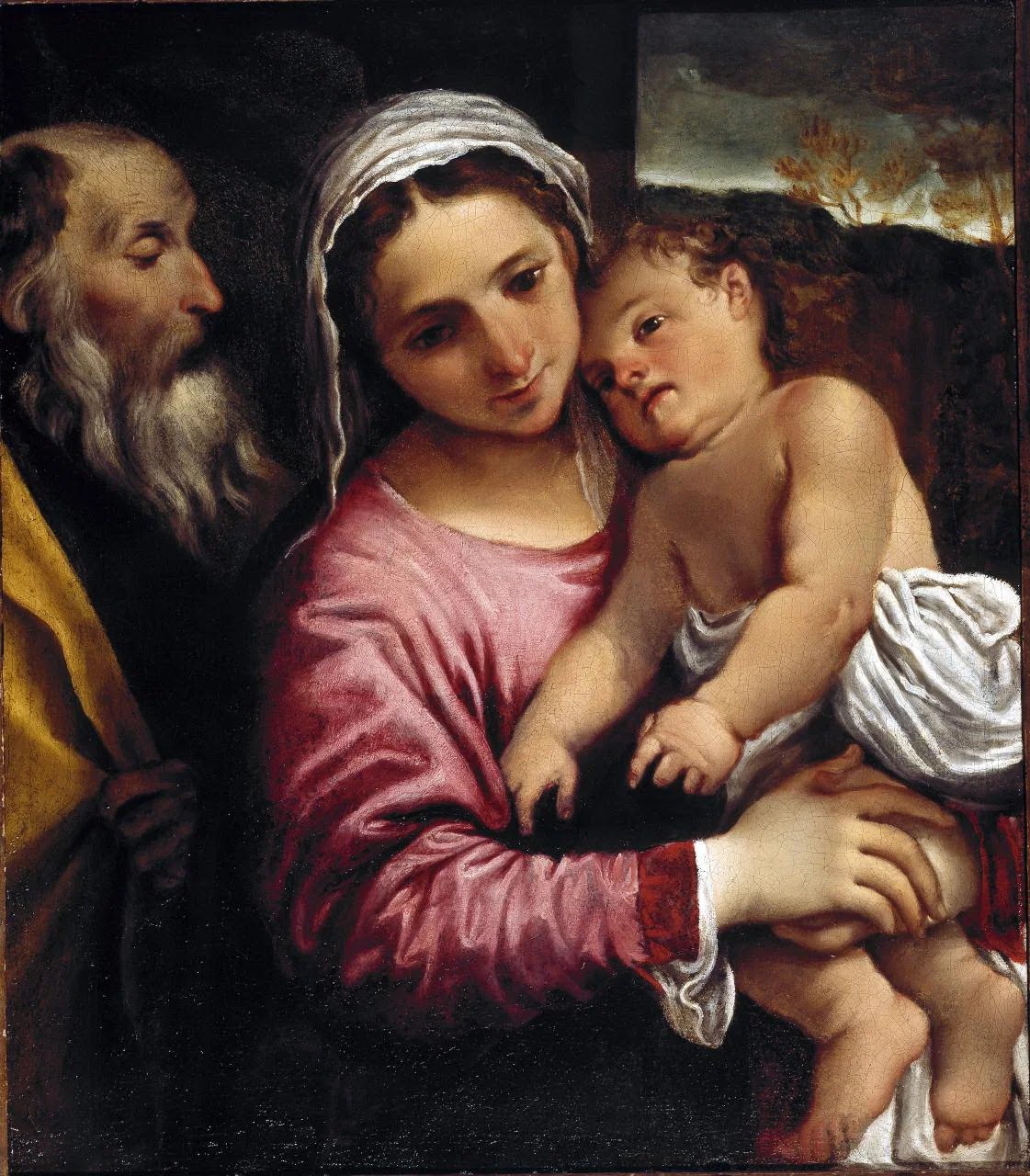

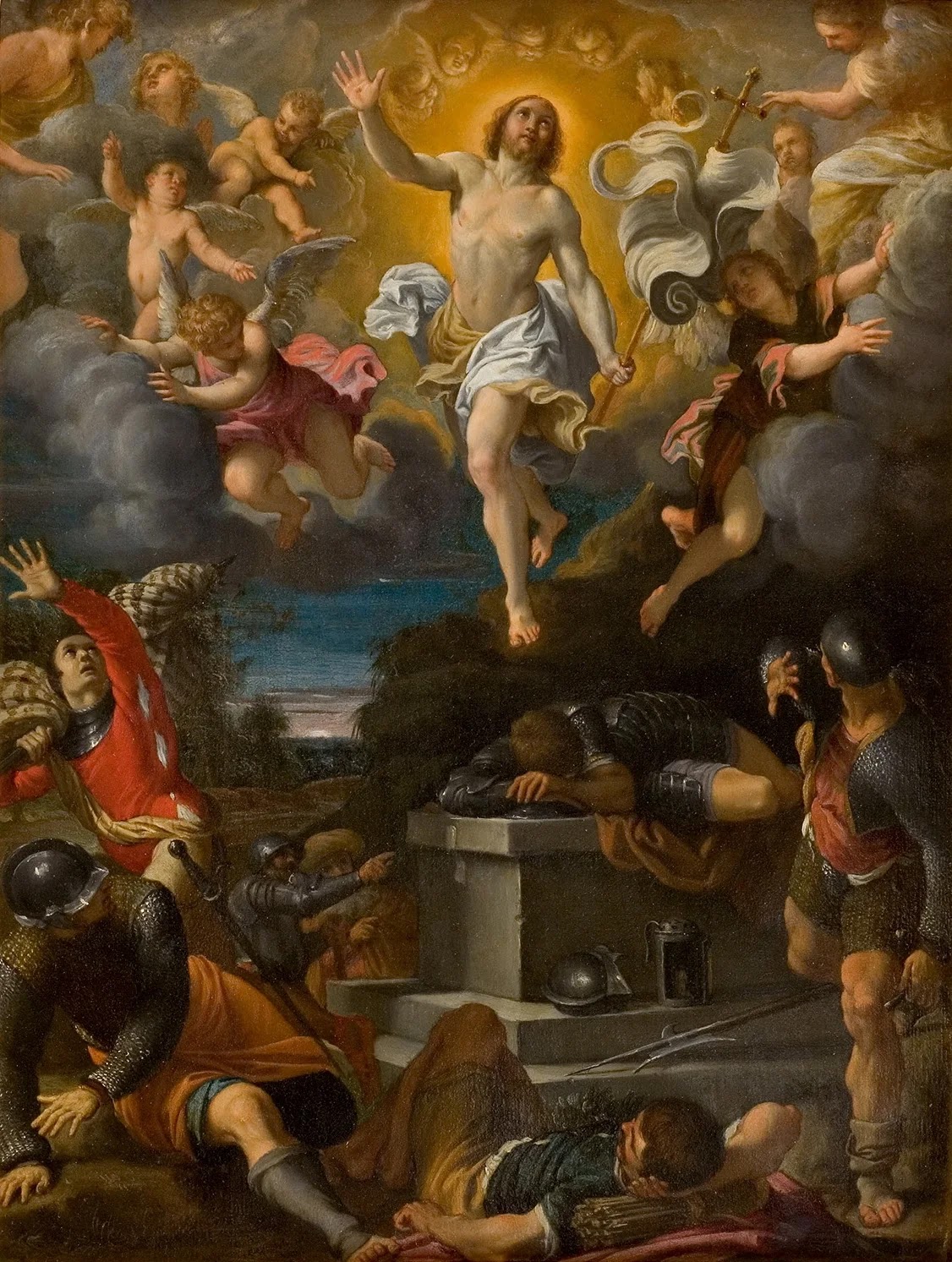

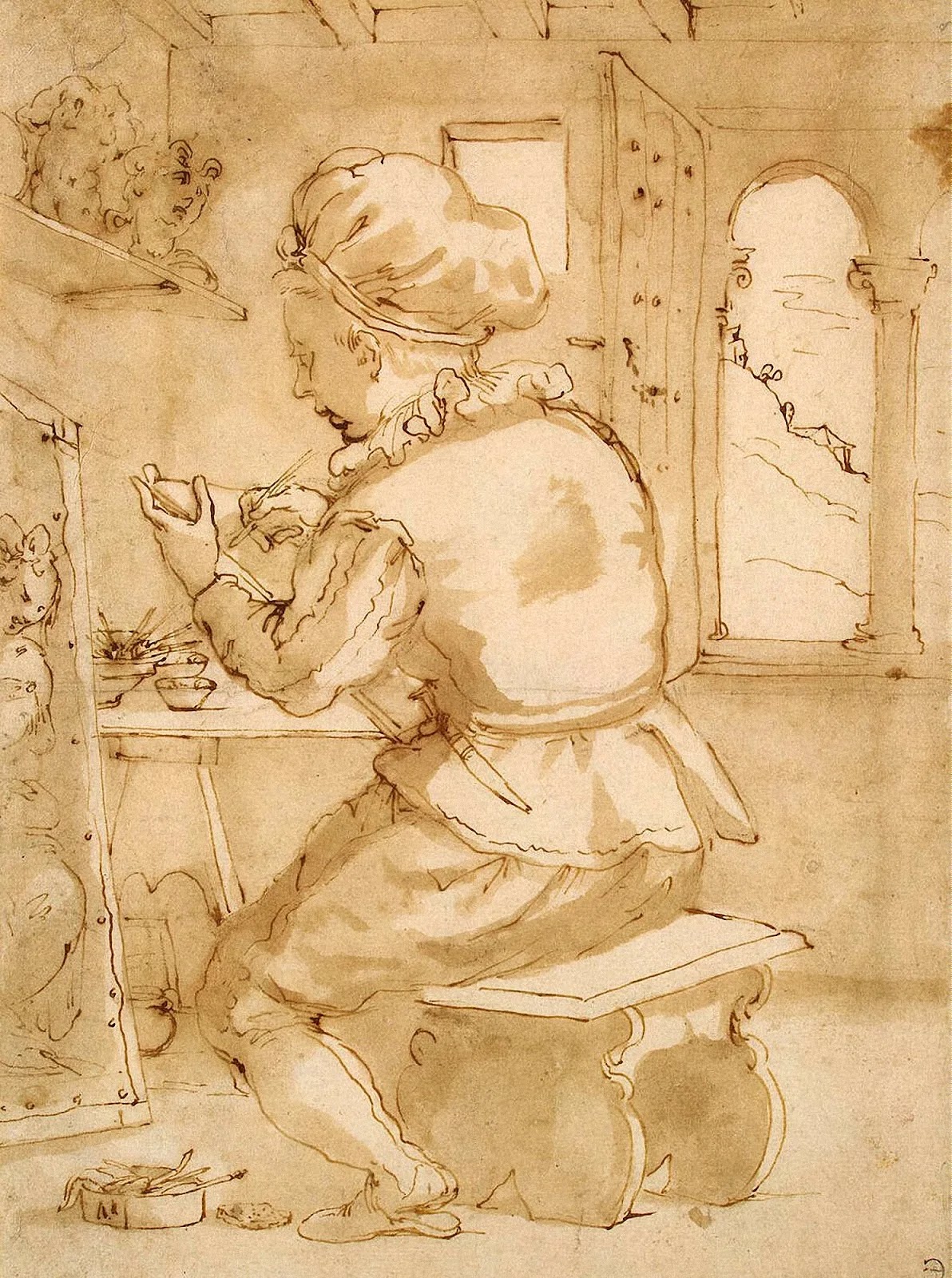
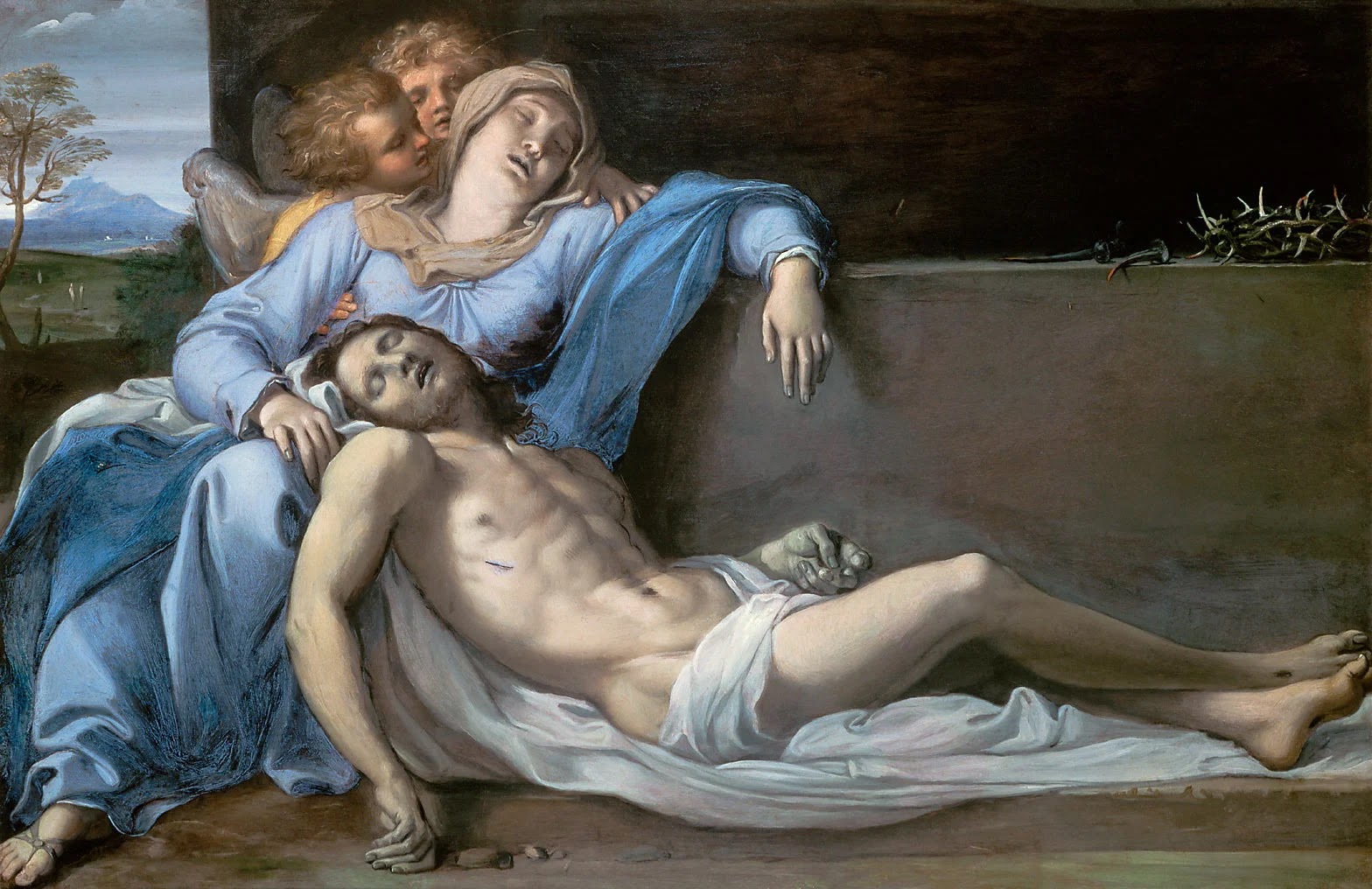
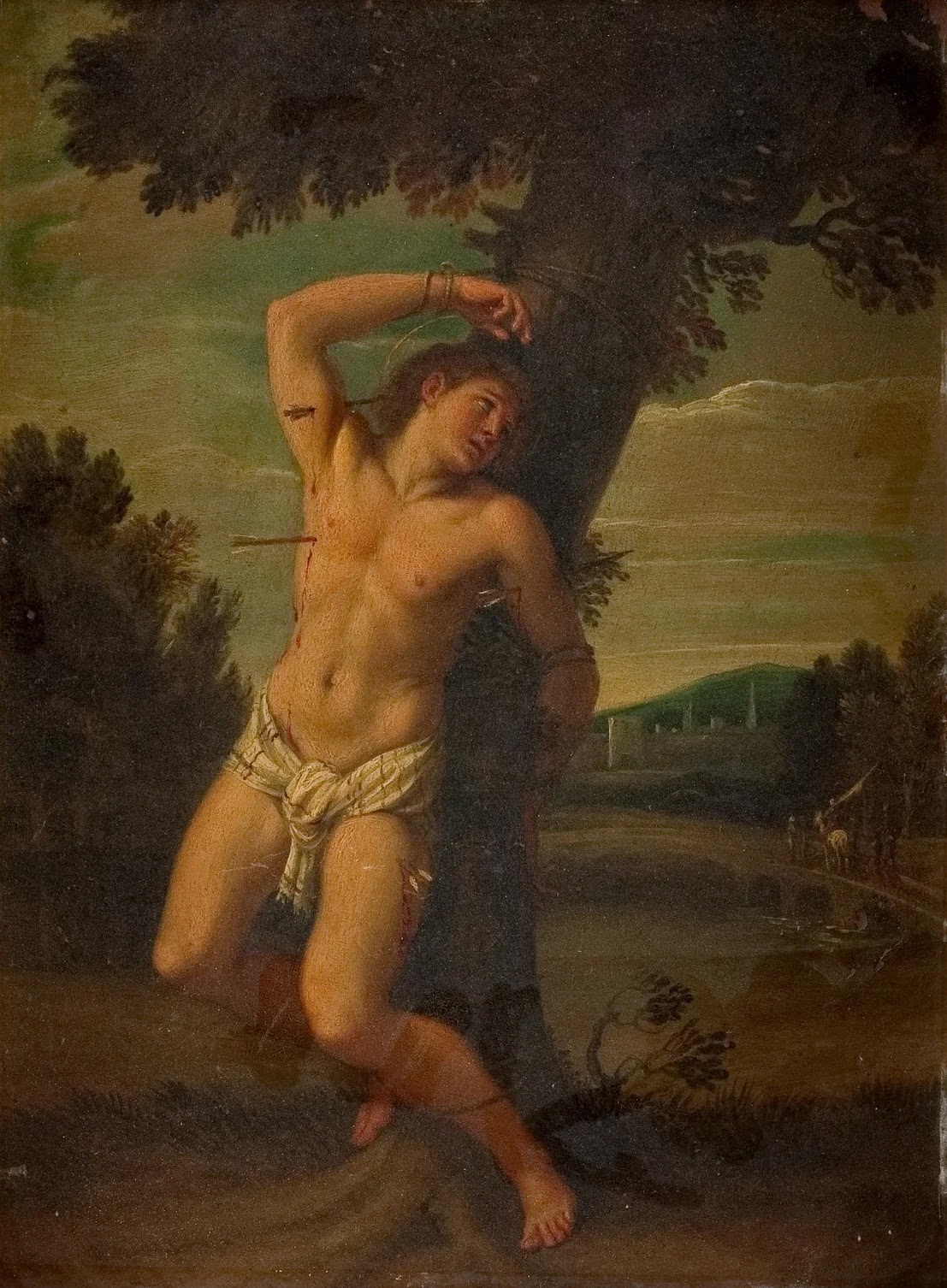
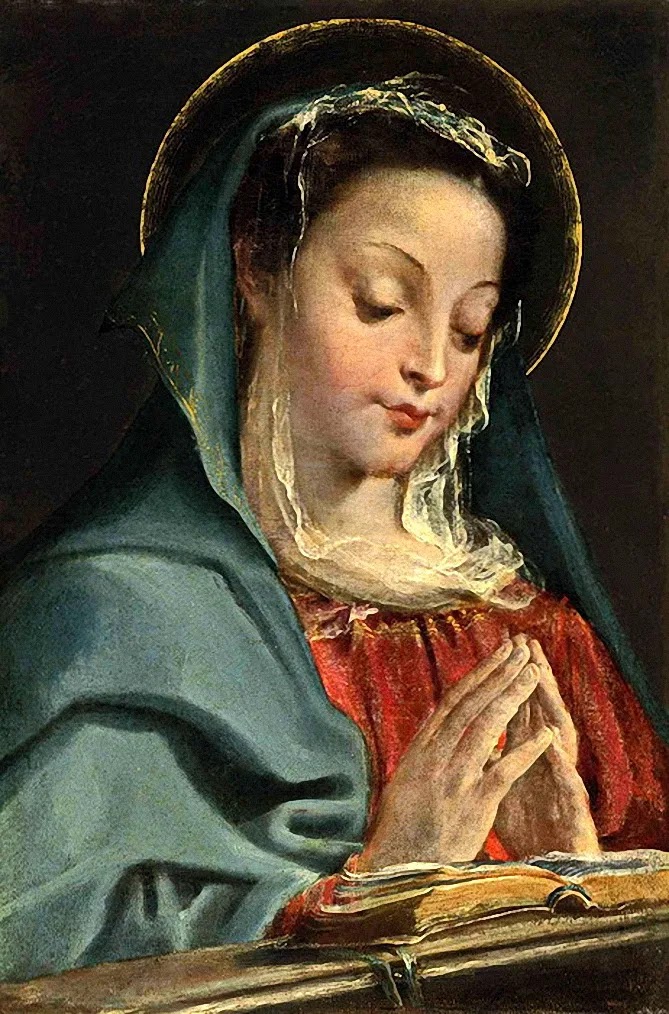
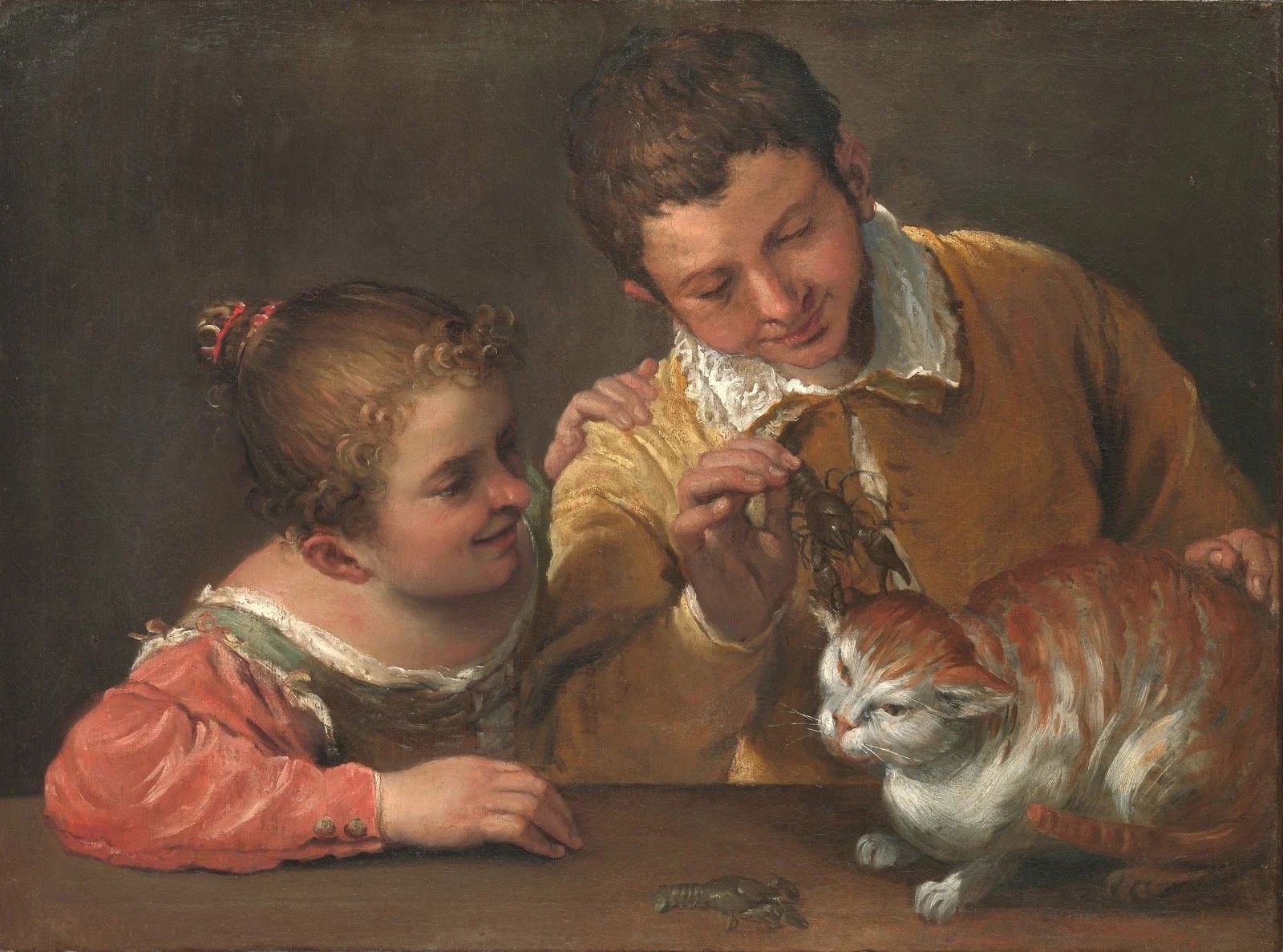
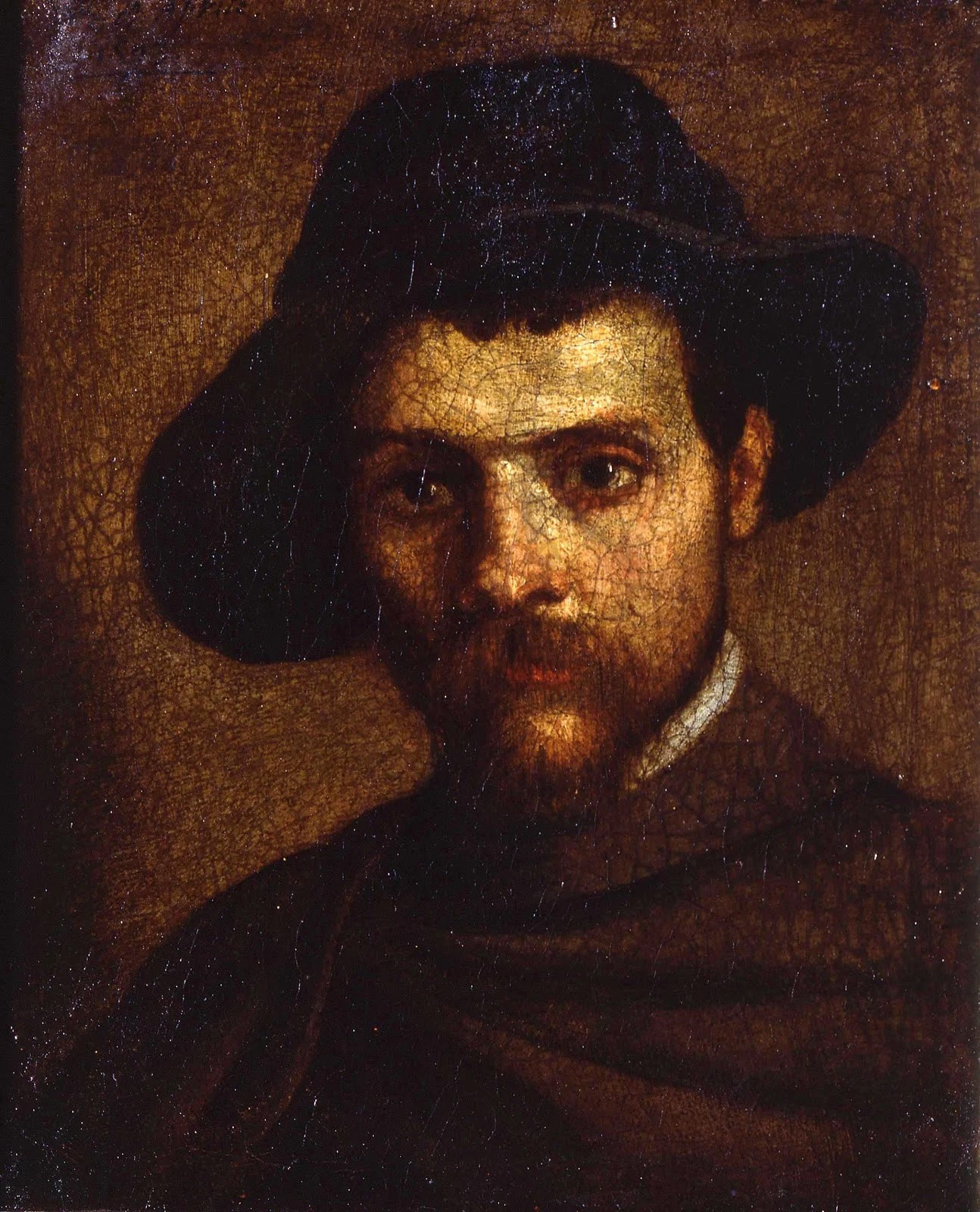
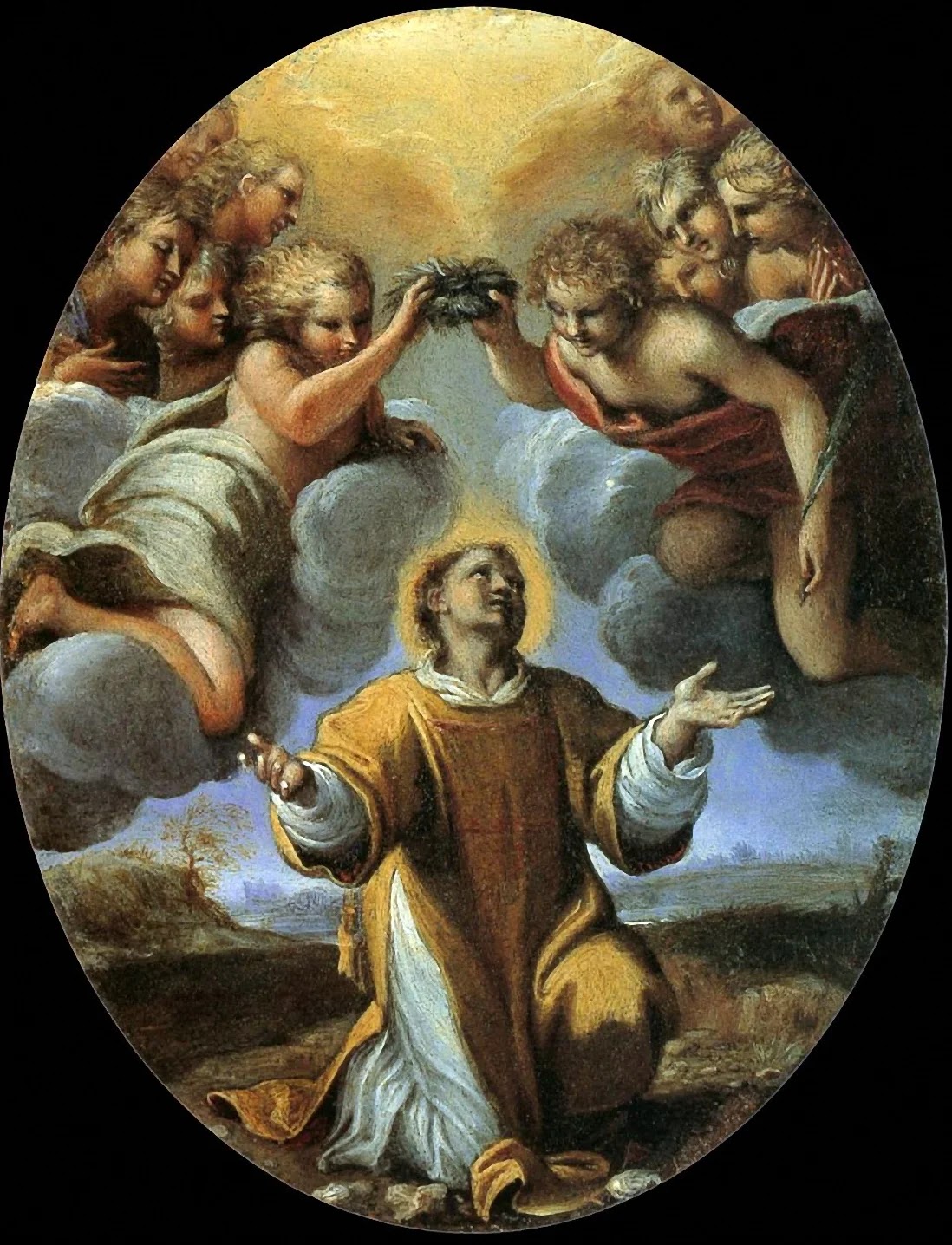



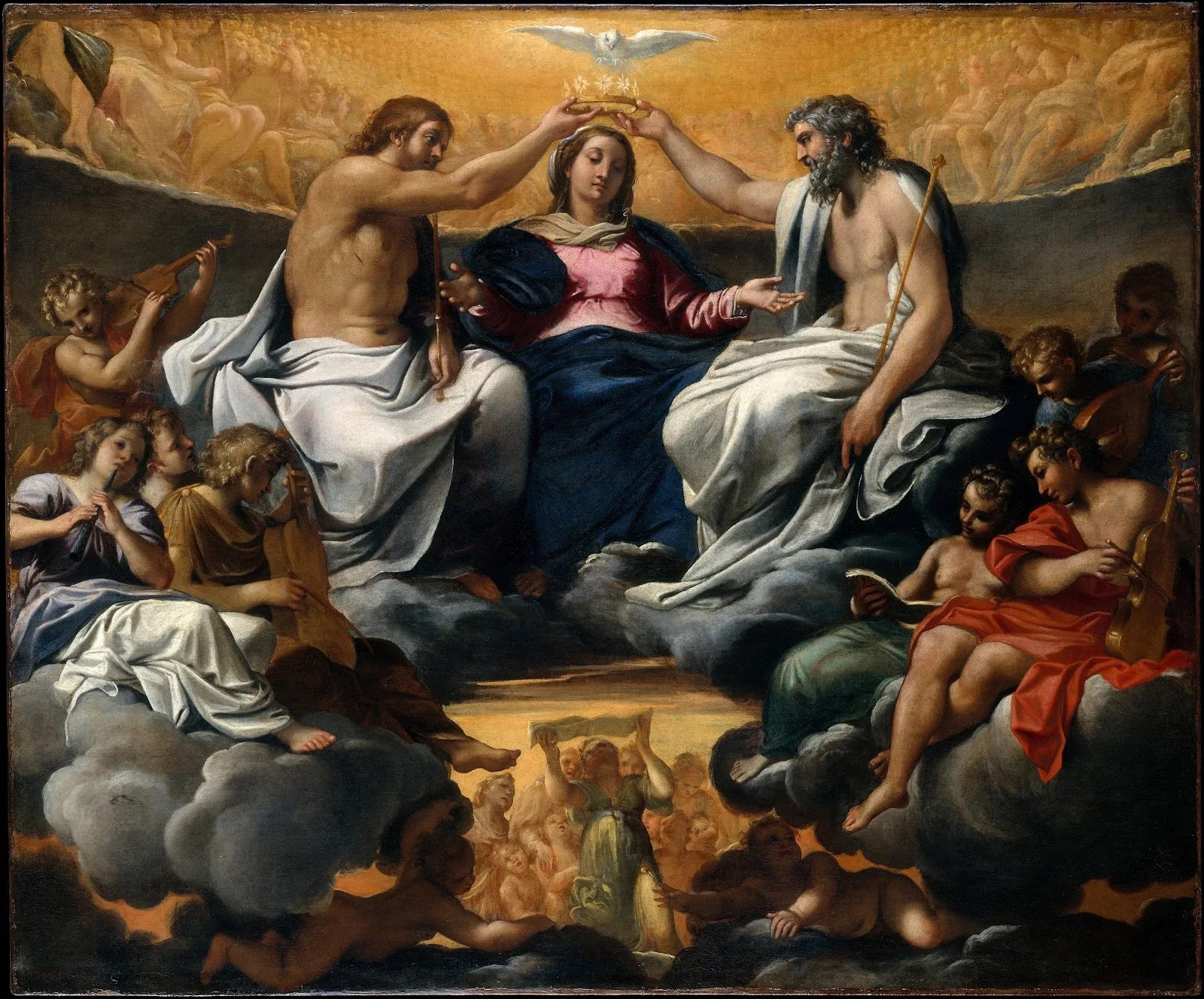

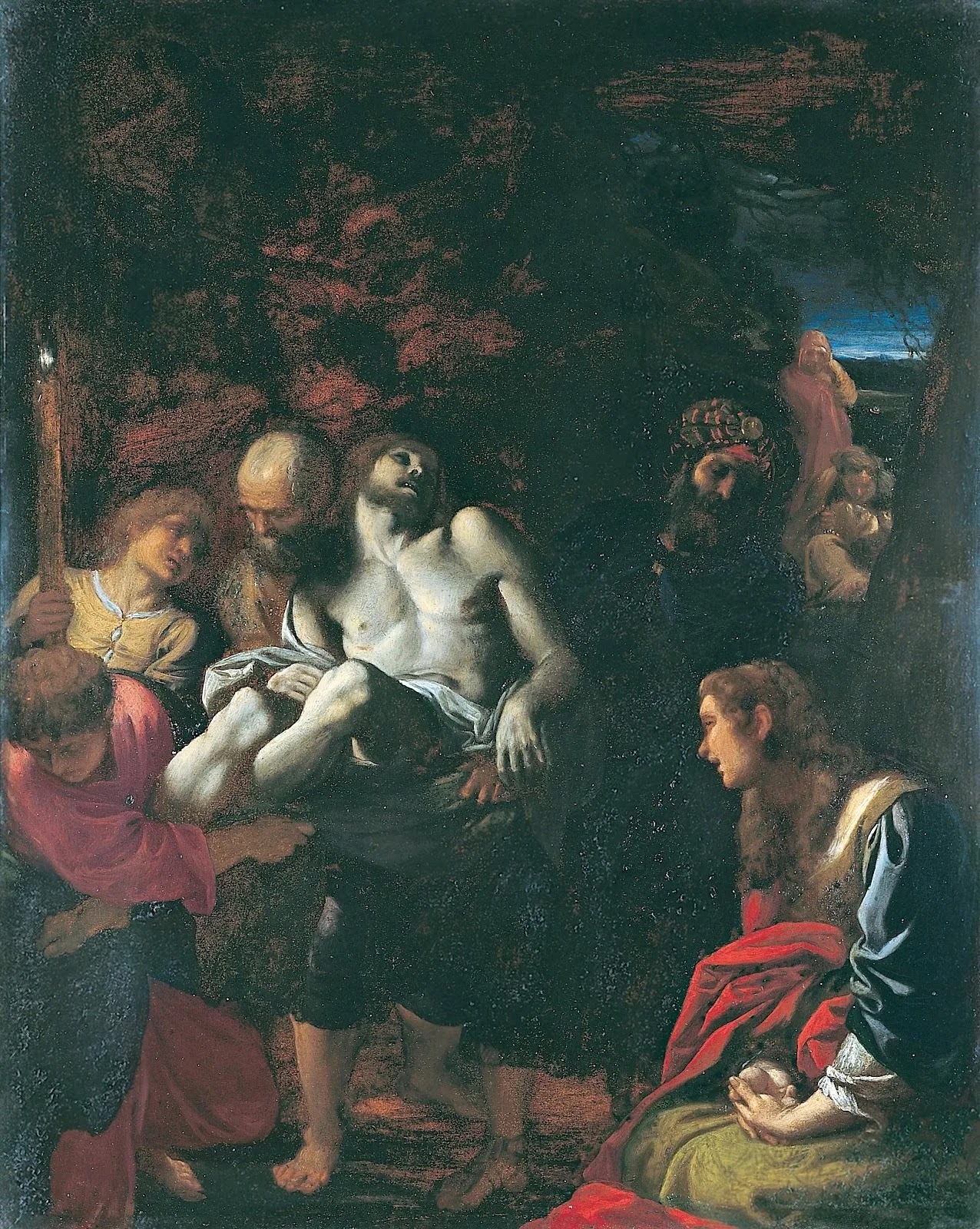


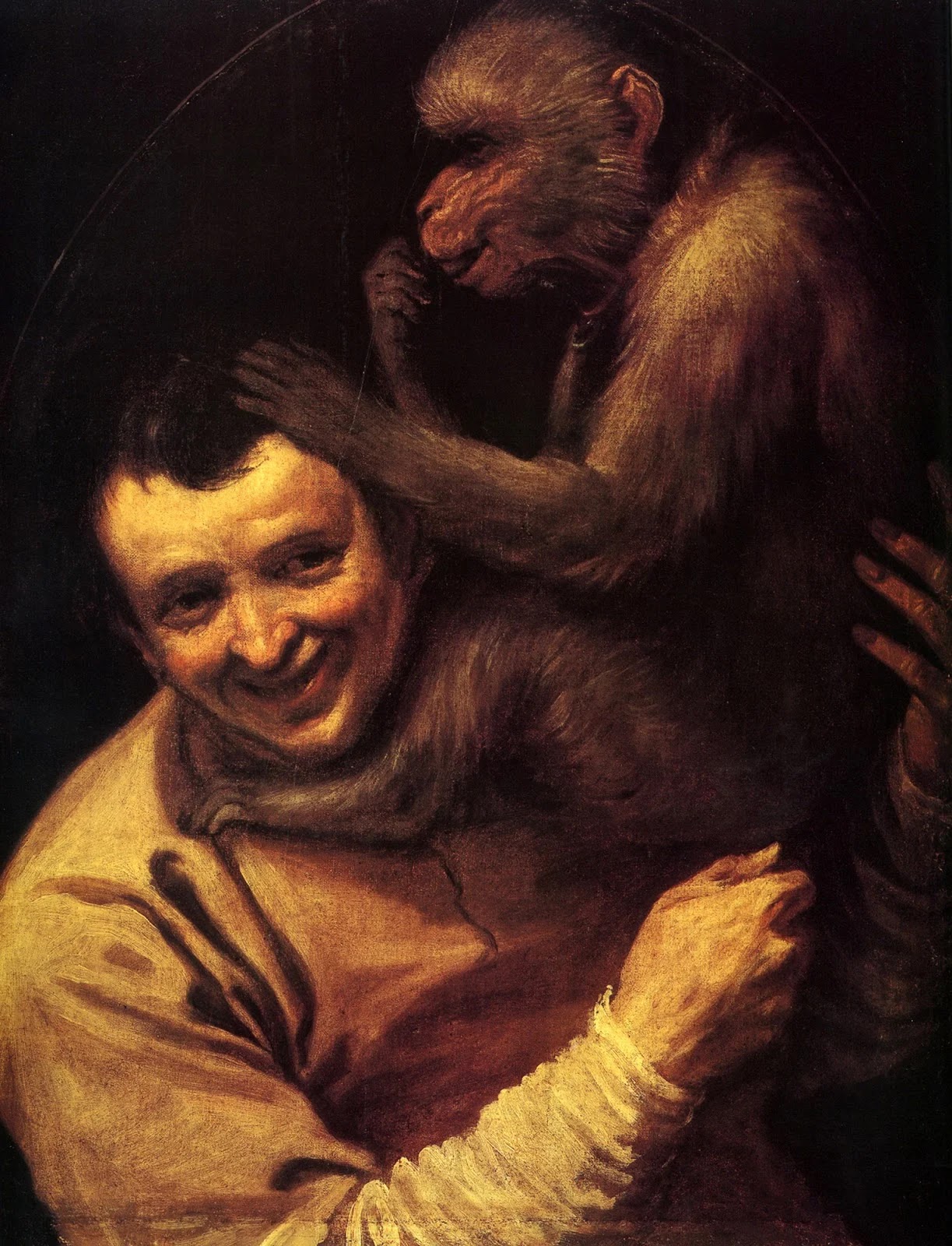
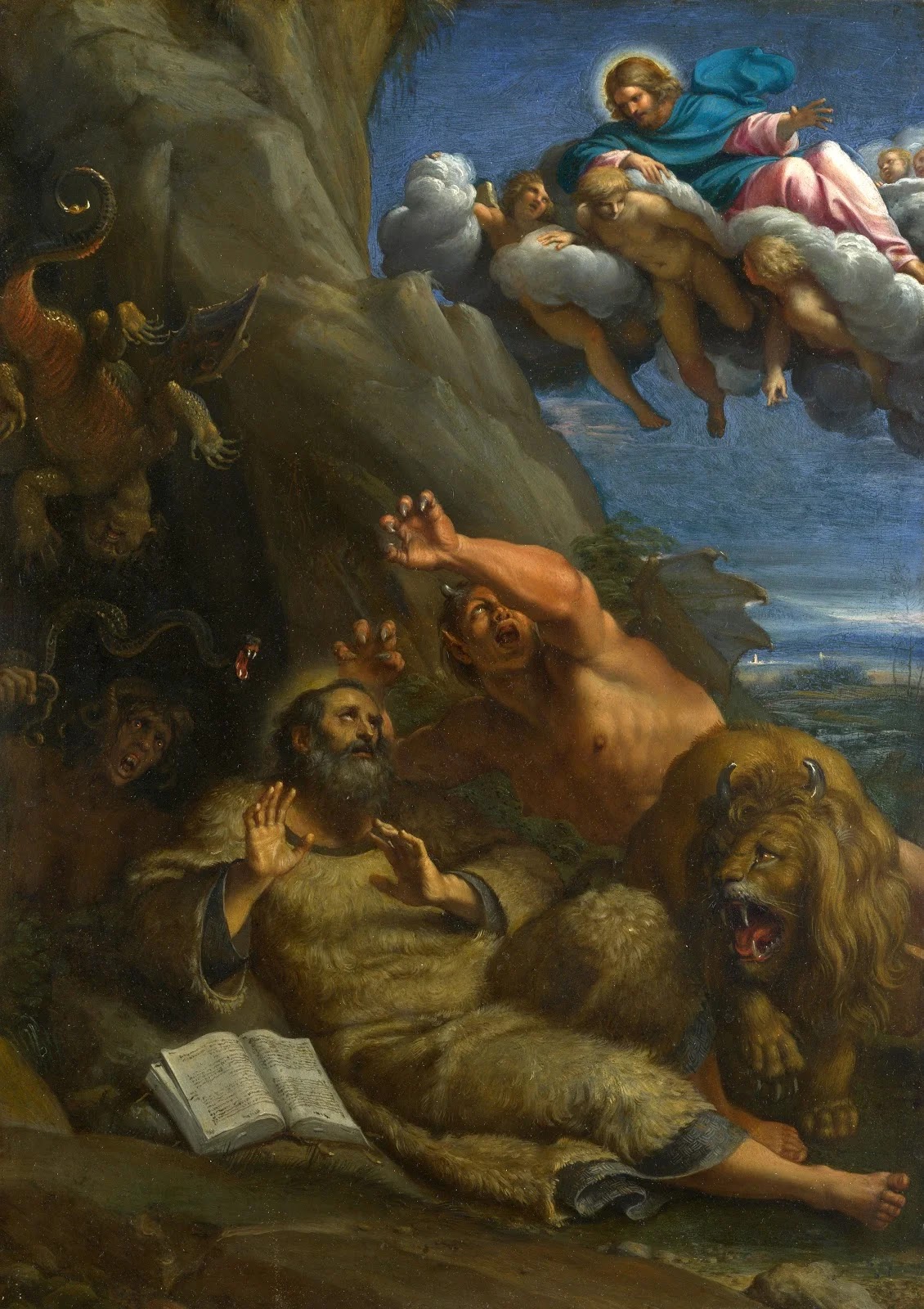
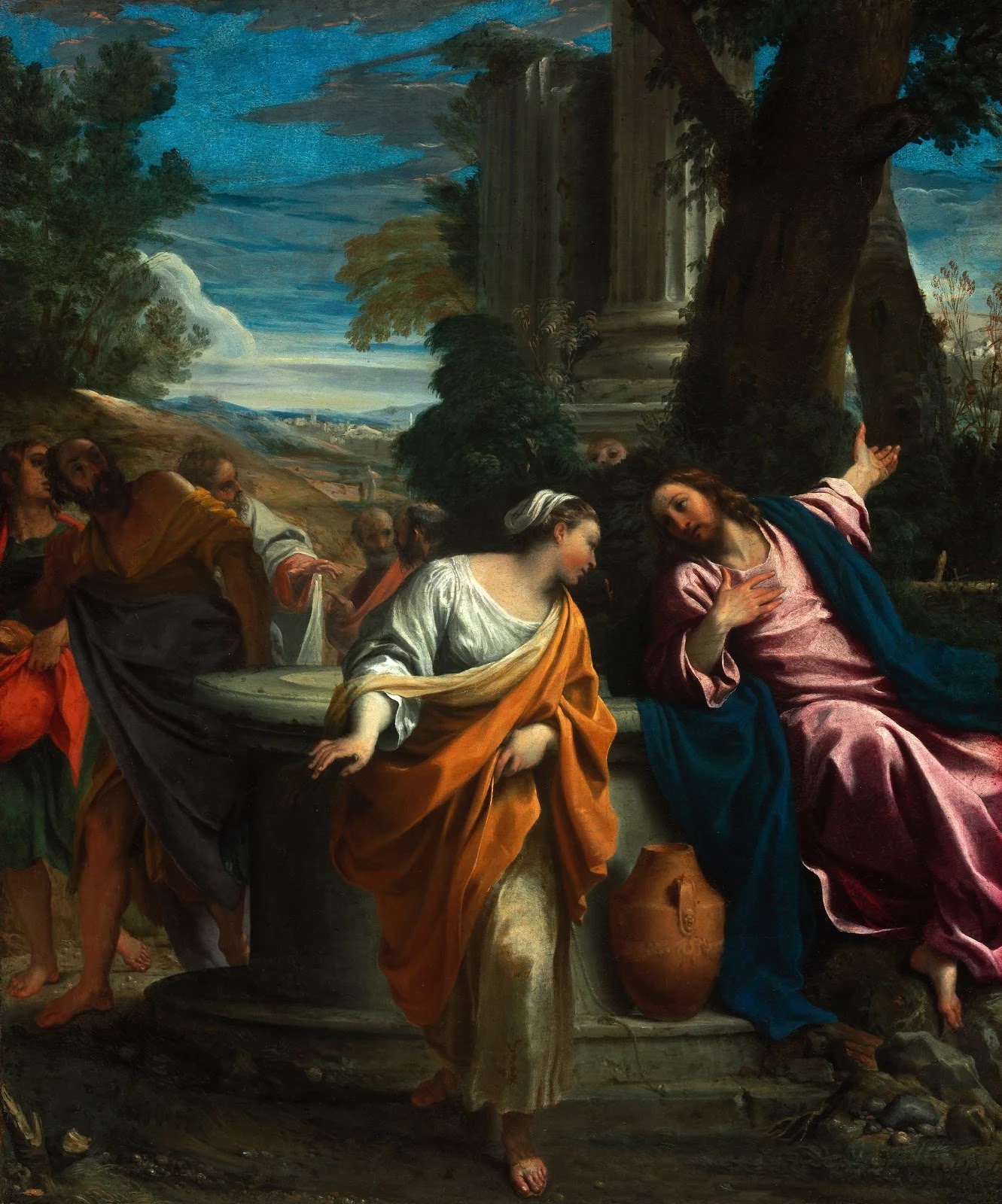
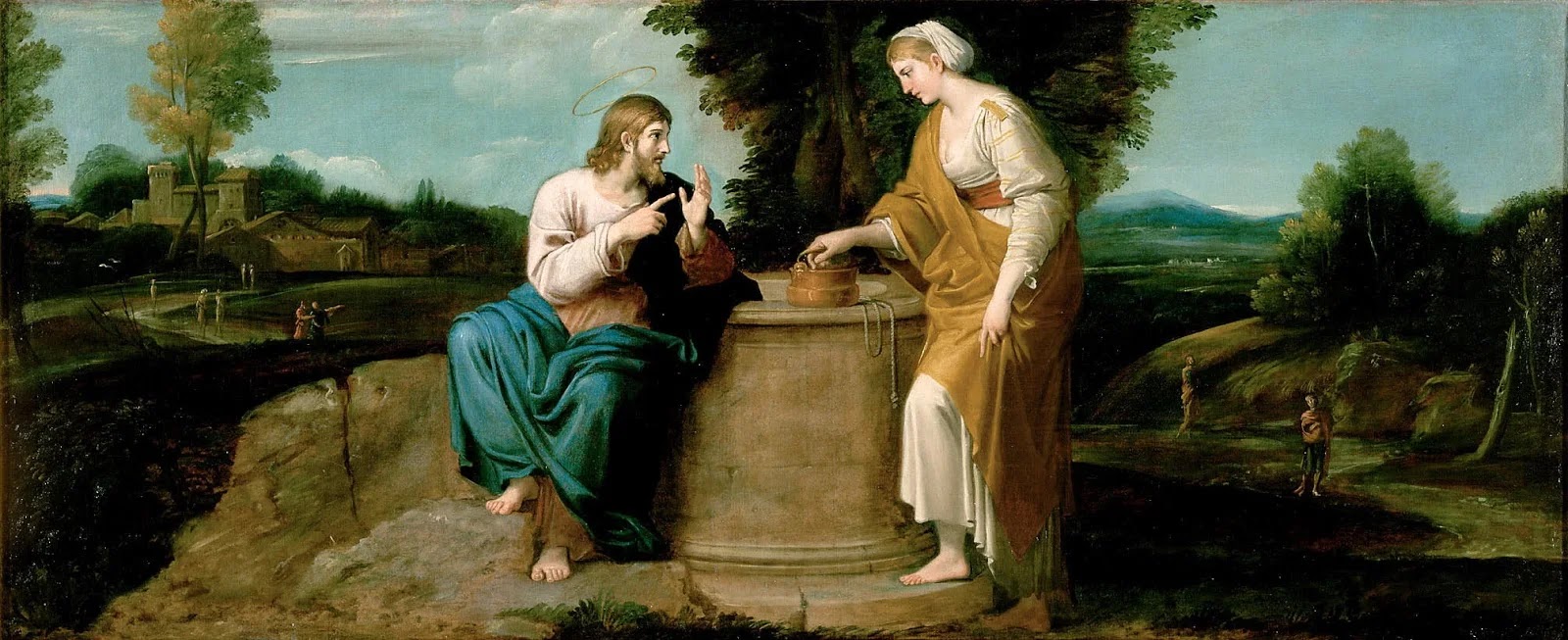


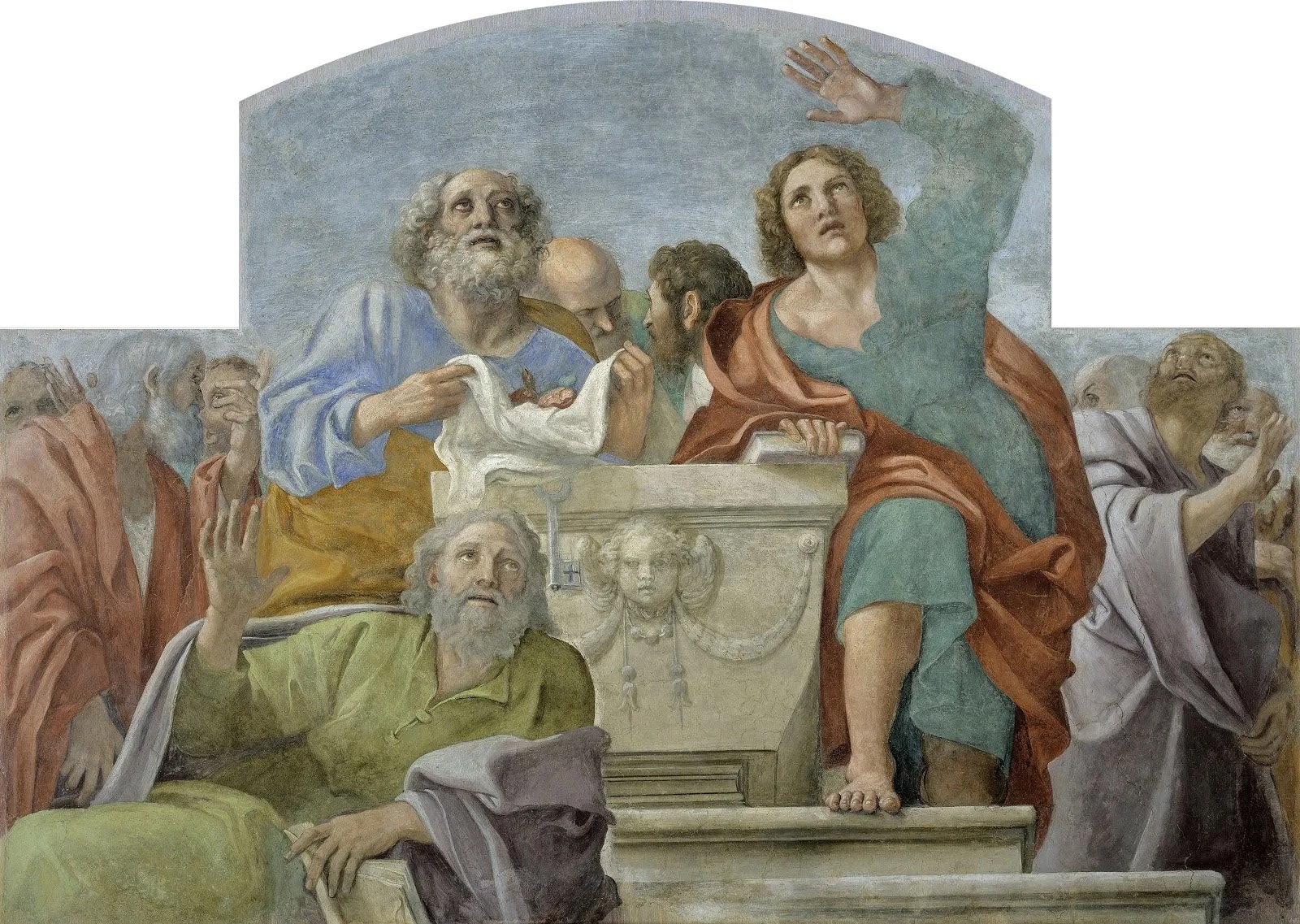
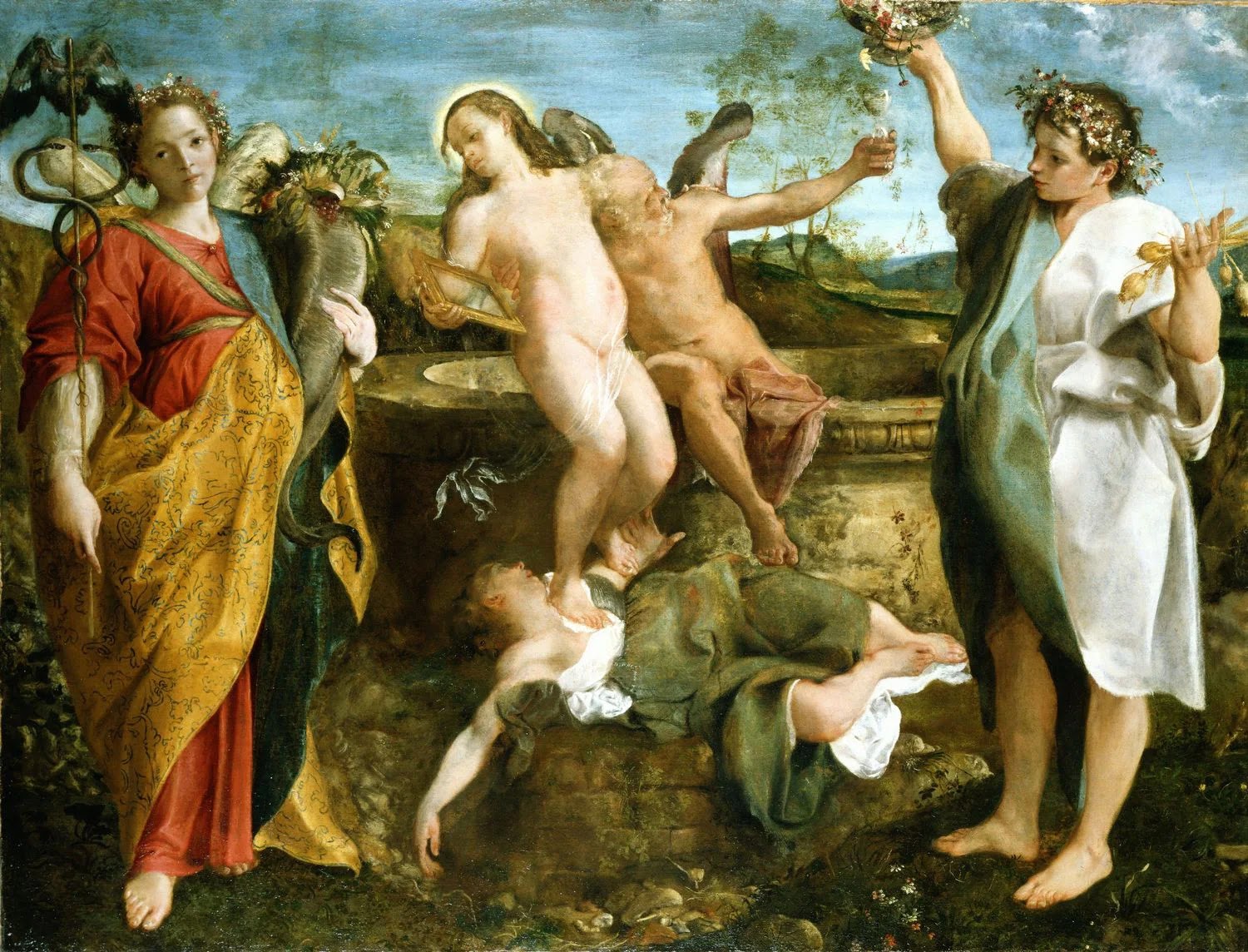

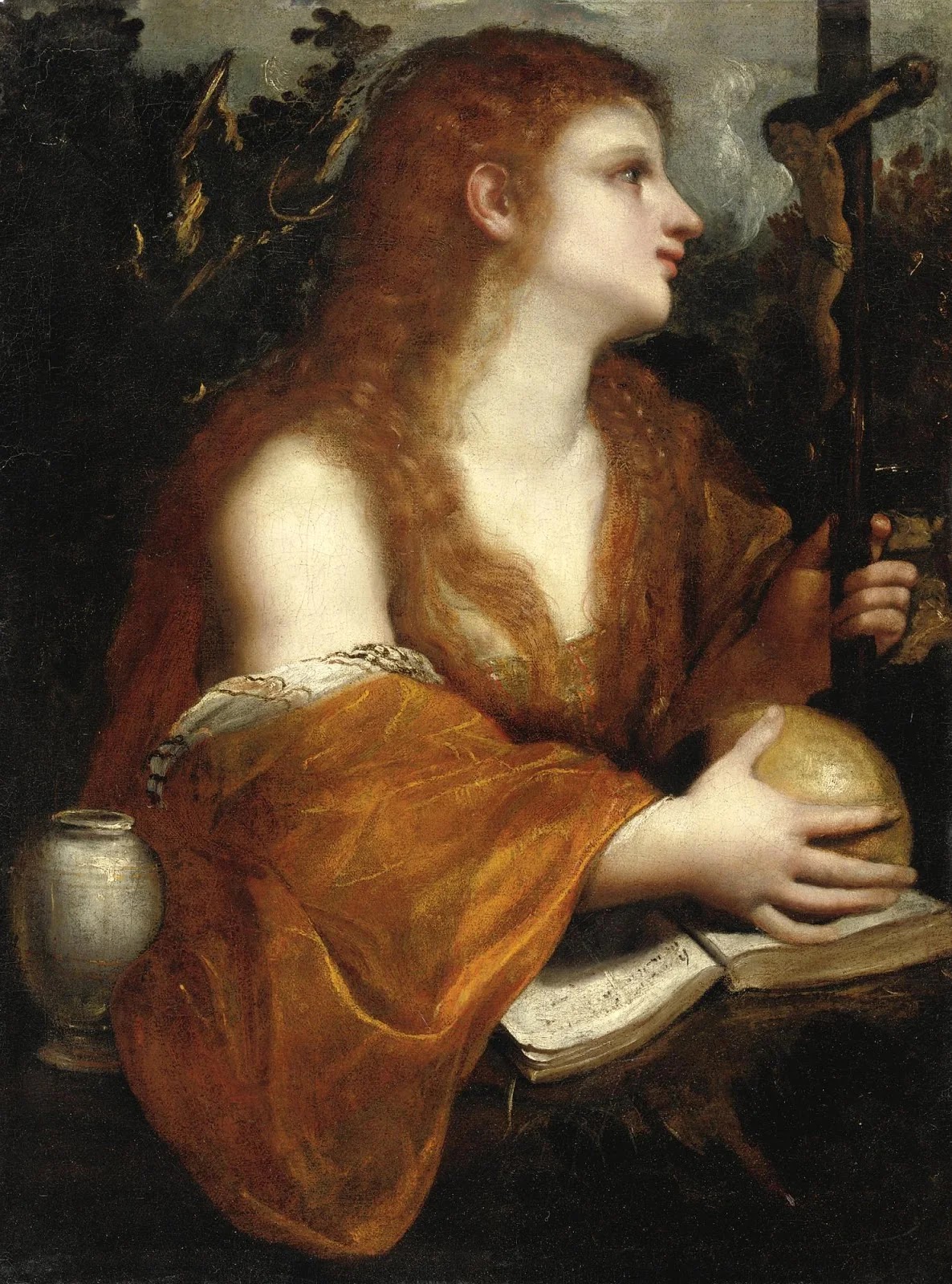


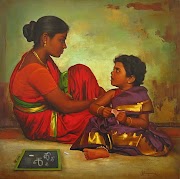


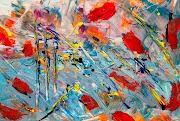







.jpg)



.jpg)




0 Comments